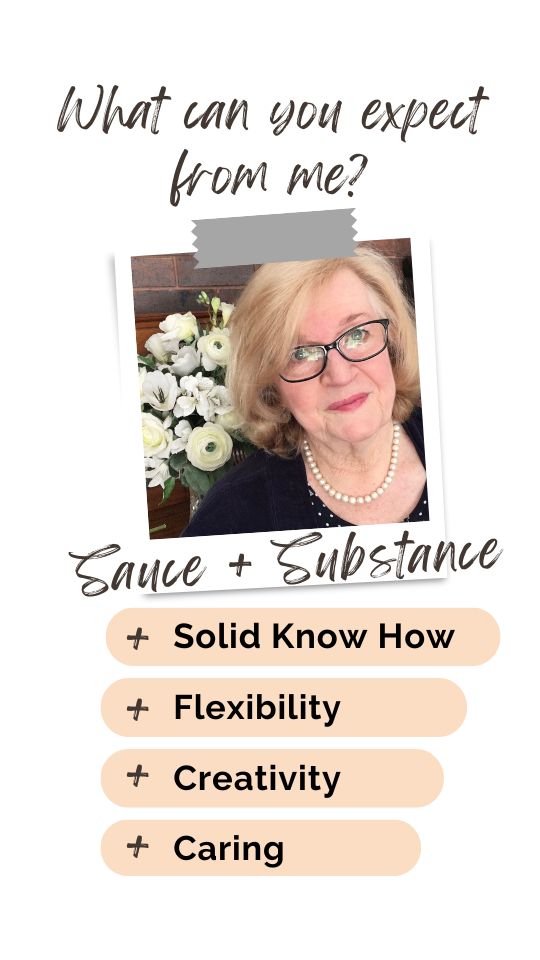Your Divorce Ceremony
A divorce ceremony validates the past and honours the
future, providing an opportunity for a couple to
acknowledge to each other and to their children that
an old chapter is ending and a new one beginning. The
most effective divorce ceremonies include expressions
of gratitude, to each other, and to the children,
statements of commitment to parenting, and statements
of support by family and friends.
While we marry or enter into a life partnership with
ceremony, the finalisation of a modern divorce
happens with no ceremony. For many people, merely
receiving a Divorce Certificate through the mail does
not sufficiently acknowledge their new status.
In Australia, the process of obtaining a divorce is
quite lengthy, so one has a choice of holding a
divorce ceremony when the divorce is finalised, or of
pre-empting the formal divorce by acknowledging
the end of the relationship with a separation
ceremony. While a divorce, separation or
end-of-relationship ceremony is not an easy ceremony,
it can be a positive means of moving forward, of
dealing with residual feelings that the end of the
relationship, rather than a failure of a relationship,
is a personal failure.
A Divorce, Separation, or End of Relationship
ceremony should only be developed and performed by a
celebrant who understands the potential of a
thoughtfully created and sensitively performed
ceremony for healing, the therapeutic nature of the
ceremony development phase, and particularly the
potential of a mindlessly created ceremony for
creating distress on the day and long-term harm.
While end-of-marriage ceremonies have been around for
over 3000 years in Judaism, they are a relatively
recent innovation for others. Until recently I was one
of the few civil celebrants in Australia who performed
Divorce Ceremonies. Now most celebrants include them
on the list of ceremonies they offer, however very few
of them have ever performed one.
Jennifer Cram is a
highly sought after Brisbane-based celebrant who
conducts touching end-of-relationship ceremonies.
She says properly performed ceremonies have a deep,
spiritual content, which steer the emotions away
from self-recrimination to a celebration of growth
and learning...
Source: Happily Ever Parted: Surviving
Separation and Divorce by Bronwyn Marquandt. Sydney:
New Holland, 2006, pp 162-164)
The ceremony is specifically designed to
intentionally transform the experience into a stepping
stone. It assists in disidentification as a
spouse/partner, declares your intention to reweave
your life into something new and spotlights your
personal path forward by means of a formal ceremony in
which you close the door on the old, and, with support
of family and friends, acknowledge and celebrate your
new status.
The ceremony includes:
- acknowledgement of the past
- releasing of the past
- formally releasing yourself and each other from the relationship
- declaration of your independence
- formal commitment to parenting of any children of the relationship
- formal promises to those children.
While your Divorce Ceremony or End of Relationship
Ceremony can include elements of "uncommitment" but it
is not, per se, the reverse of your Marriage Ceremony
or of your Commitment Ceremony.
Because the ceremony includes statements of
commitment to any children of the relationship it can
calm their fears and absolve them from the feelings of
guilt children so often feel by helping them
understand that while their parents have agreed not to
live together they are loved by both parents.
It is therefore as much a ceremony of release as it is an acknowledgement of separation. It helps cleanse past negativity, declares your independence, and promotes acceptance. It does so by marking a significant change: release from deep commitment to the former spouse. Your Divorce Ceremony or End of Relationship Ceremony can include elements of "uncommitment" but it is not, per se, the reverse of your Marriage Ceremony or of your Commitment Ceremony.
Single-partner ceremonies can be healing, particularly where the breakup was not amicable and this type of Divorce Ceremony constitutes over half the ceremonies held. However, the ideal Divorce Ceremony or End of Relationship Ceremony is one where both parties are present. Not only is there great potential for positive closure in this latter form it can also be extremely helpful in calming fears and assuaging guilt of any children of the relationship as it can help them understand that while their parents have agreed not to live together, they are not being abandoned, that they are loved by both parents and that the breakdown of the relationship is not their fault.
If you changed your name by marriage, the ceremony
can include a ritual for the reclaiming of your birth
name.
more information about DIY Divorce/End of Relationship Ceremonies
RN Drive program featuring me talking about Divorce Ceremonies
